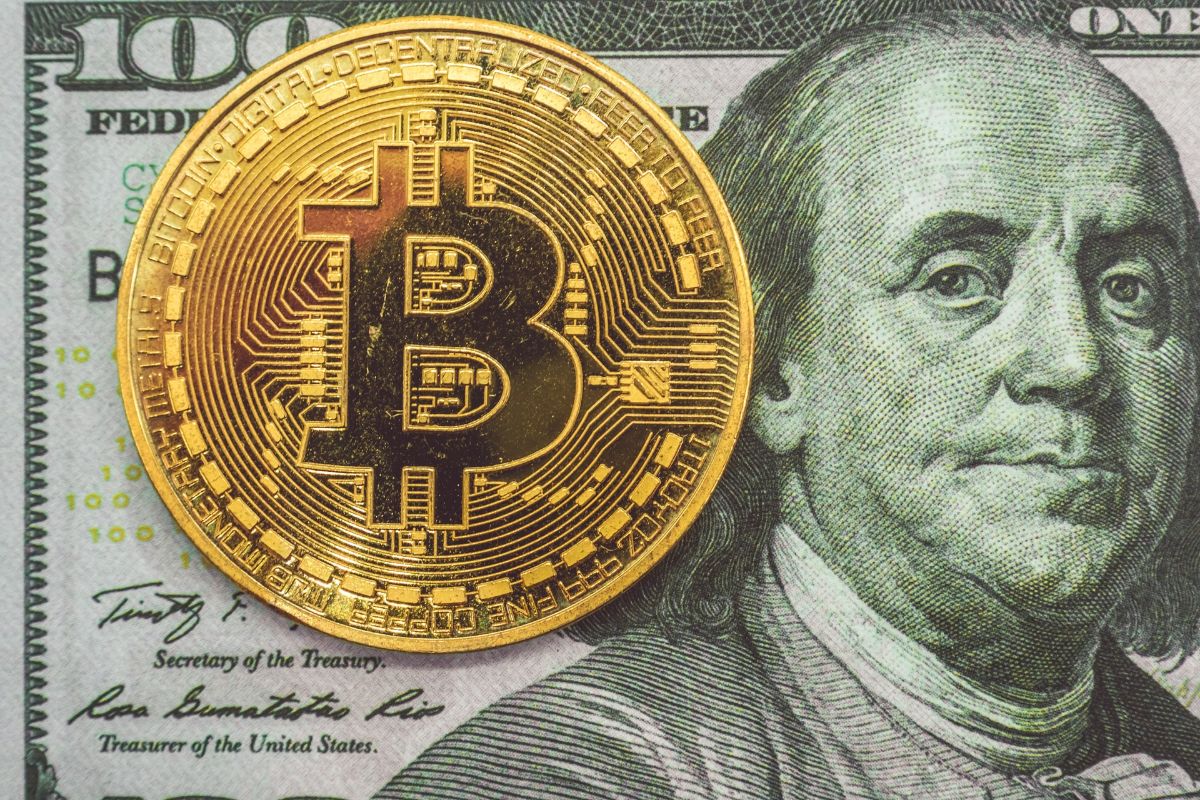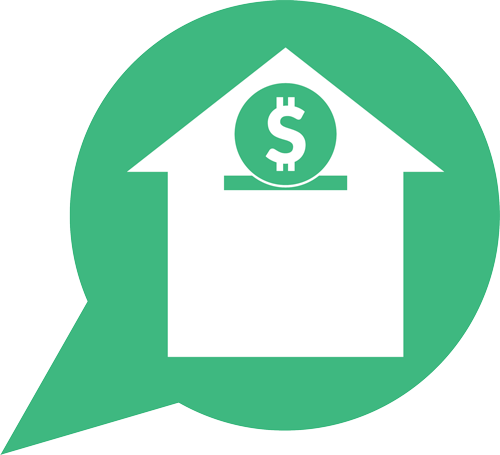One of the hardest parts of investing in cryptocurrency is knowing the right time to buy. Many investors try to wait for that perfect low point before they buy in, but with crypto prices as volatile and unpredictable as they are, it can be nearly impossible to time it just right. Oftentimes, waiting for the dip to make a big purchase just makes you postpone your investment and miss out.
To help investors overcome the hurdle of trying to decide when to make a buy, crypto marketplace apps like Coinbase and Kraken now offer tools for Dollar Cost Averaging. What sounds like a complicated investment term is really quite a simple concept. Instead of trying to manually time large, one-time buys, you break your budget up into smaller scheduled purchases at regular intervals (weekly, biweekly, monthly, etc.). As long as the value of the asset increases over time, even if you buy on the lower end some weeks but on the higher end other weeks, your portfolio will still steadily appreciate.
If you contribute to your 401k retirement plan through your employer, you’re likely already using Dollar Cost Averaging without knowing it. Whenever you get your paycheck (weekly, biweekly, or otherwise), the portion you have designated toward your retirement plan goes toward purchasing investment assets (stocks, precious metals, etc.) at the current market rate. Even though the stock market fluctuates and some weeks you’ll buy on the higher end, as long as the stock market increases in value over the long haul, you make a comfortable return on your investment over time and spread out the risk of buying high.

The main caveat to Dollar Cost Averaging is the trading fees. With each trade, the crypto trading platform takes a cut, and in general, the more transactions you make, the more you will pay in fees, so take their promotion of Dollar Cost Averaging with a grain of salt. For example, with Coinbase, one $100 trade will incur $2.99 in fees, whereas ten smaller $10 trades will incur at total of $9.90 in fees. So it’s important to take your platform’s fee structure into account when planning your investment schedule to not shell out more in fees than you anticipated. That being said, you may be inclined to make as few purchases as possible, but remember that the benefit of Dollar Cost Averaging comes from making smaller buys to minimize the risk of overpaying, and making larger buys at larger intervals may defeat that purpose entirely.
But regardless of the fees you may have to pay, Dollar Cost Averaging is a great tool for investing in your cryptocurrency portfolio without you having to take the time and energy to initiate the purchases yourself and risk not doing so at all. Much like your 401k contributions which come out of your paycheck without you even thinking about it, once you plan your budget and set up Dollar Cost Averaging, your trading platform will automatically make regular investments in crypto and steadily grow your portfolio without you having to worry about whether or not right now is the best time to buy. It’ll help you not have to worry about one day looking back and wishing you had gone ahead and bought that crypto when you had the chance, because the system will have done so for you.





